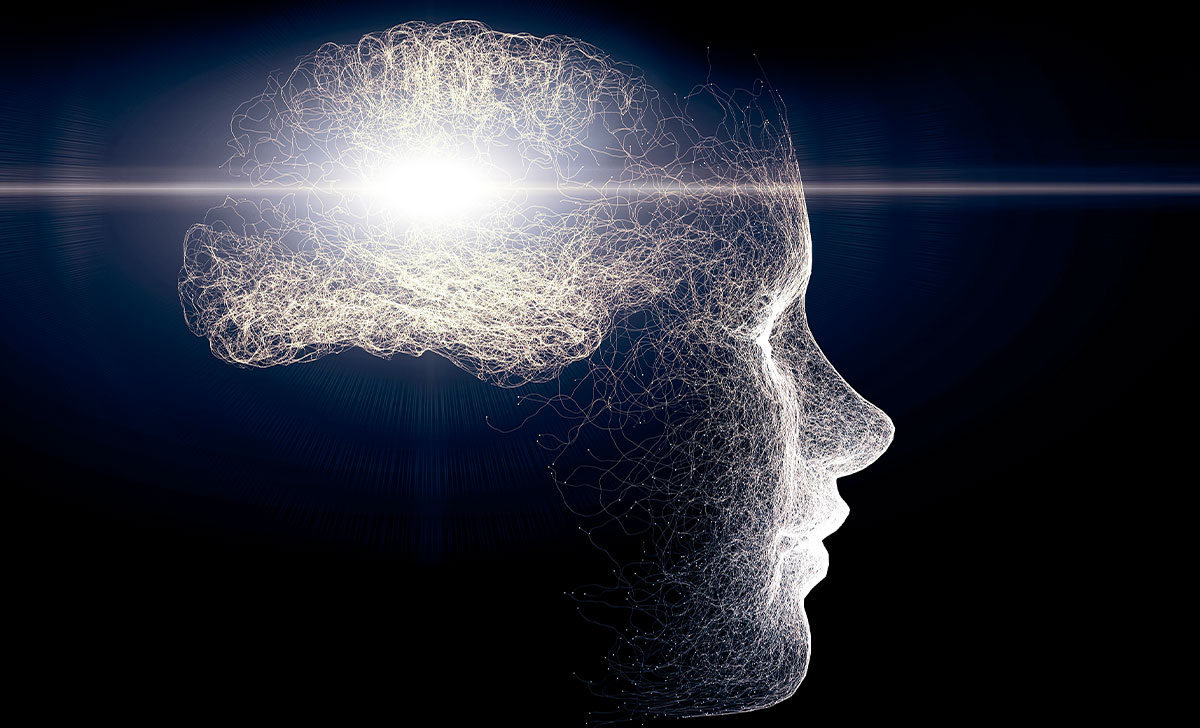
Since the beginning of 2022, the Migraine Association of Ireland (MAI) has seen an increase in patient contact and diagnosis for hemiplegic migraine, a rare type of migraine that can be particularly debilitating.
Symptoms can mimic stroke and sufferers often end up in emergency departments.
Symptoms can include many of the following:
- Numbness or weakness on one side of the body (hemiplegia);
- One side of the face can fall which looks like a stroke;
- Headache;
- Visual disturbances and aura (sparkles, shimmers);
- Numbness or tingling in extremities;
- Slurred speech or trouble speaking;
- Fever;
- Confusion, brain fog, and in extreme and very rare cases possible unconsciousness.
Earlier this month, the MAI hosted an online presentation by hemiplegic migraine expert Prof Anne Ducros of Montpellier University Hospital, France, who has been studying this condition for over 25 years, and who outlined what hemiplegic migraine is, the genetic origins, and how to treat it.
She said that hemiplegic migraine is essentially a subtype of migraine with aura and can be either familial hemiplegic migraine (FHM); where there is a strong family history, or sporadic hemiplegic migraine (SHM); where someone is the first person in their family with hemiplegic migraine.
Abnormal variations in three genes; the CACNA1A gene, the ATP1A2 gene, and the SCN1A gene, have all been shown to cause the familial forms, with some people affected by as-yet-unidentified genes.
Despite its monogenic inheritance, FHM is characterised by a broad clinical spectrum with marked phenotypic variability and genetic heterogeneity, Prof Ducros noted.
Typical hemiplegic migraine attacks
Onset during childhood or youth
- Wide range from under one year to above 70 years-old.
- Lower age of onset in mutated vs non-mutated cases (12 vs 17-to-21 years).
Low mean frequency of attacks
- Three-to-four attacks per year on average, but variable (one/day to two in a lifetime), often gets better after 25-to-30 years (spontaneous).
Triggers
- Benign head trauma, angiography, exercise, fatigue, stress.
- Insensitive to ‘usual’ migraine without aura triggers including nitric oxide and CGRP.
- Most FHM patients have a low level of vulnerability with less than five attacks/year and no identifiable triggers.
Complex and prolonged aura symptoms
- > two symptoms in most (weakness 100 per cent).
- Sensory 98 per cent > visual 89 per cent > aphasic 79 per cent > basilar 70 per cent.
- Negative aura features: Scotoma, sensory loss, motor deficit.
- Progressive and in succession: Visual, sensory, motor, aphasic, basilar.
- Unilateral (switching side or fixed) or bilateral.
- Mean duration of the aura is three hours per symptom (very variable though; 10 minutes to two-three days).
In contrast, aura in migraine with typical aura
- Visual 99 per cent > sensory 31 per cent > speech 18 per cent > basilar 10 per cent (one hour each).
“In hemiplegic migraine visual symptoms are less common. Headache follows the aura or starts during the aura, and is mostly that of a typical migraine without aura. It is rarely absent, but some patients may have only the hemiplegic migraine aura and no headache at all (about 5 per cent), and when the headache is present the mean duration is usually 24 hours and can be very severe with photophobia and nausea/vomiting,” Prof Ducros said.
Diagnosis of hemiplegic migraine may be a challenge, with a reliance on clinical features, she added.
Clinical features
- History of previous attacks (two attacks or one in FHM).
- Other neurological features consistent with FHM/SHM.
- Familial history in first- and second-degree relatives.
Treatment of hemiplegic migraine attacks
Management of FHM/SHM is mostly based on what is known about the treatment of other forms of migraine with aura as hemiplegic migraine is so rare, and there is no difference in the treatment of FHM and SHM. The low mean frequency of attacks (three-to-four per year) means taking no preventive treatment may be a choice.
Usual attacks
- Analgesics, aspirin, NSAIDS for the headache.
- Vasoconstrictors are not indicated (triptan and ergots), but are often used in headache-dominant patients.
Severe attacks
- Intravenous analgesics, aspirin, NSAIDs, antipyretics, anti-epileptics, and oxygen therapy.
Prophylactic treatment
- All prophylactic treatments used in migraine with and without aura may be tried.





Leave a Reply
You must be logged in to post a comment.